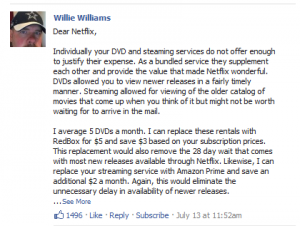Stick to your core strengths
Small businesses that experience success and growth need to abandon the mantra of doing it all. But far to often, they take on ancillary activities that distract from the core strengths that made them successful. They find themselves mired in back office processes and either work 16 hour days or the business start to slip. Success is a great thing, it is after all the point of our business, but success is a very poor teacher. “I’m a Doctor for goodness sake, I should be able to run my business!” Replace Doctor with any other profession and you have the mindset that get many business owners in trouble. My advice is stick to your core strengths and outsource the rest. If you want faster expansion for your growing business, click here to learn more about Asset Finance companies..
Don’t get nervous, you don’t have to abandon your patriotism or defy your union brothers. What I’m talking about is hiring business specialists to perform the tasks that they are specially trained in and you are not. These can and should be local businesses many of which are also small businesses. Why have a receptionist turned bookkeeper doing the CFO job when you can hire a CFO on-demand for the two weeks per year that you need them. Your bookkeeper and bottom line will thank you. Financial, Marketing, Human Resources, Employee Training and even Sales are areas that can and should be outsourced. The main benefit for small business owners is the ability to focus on the core business. The cost of being distracted (sleepless nights, missed deadlines and limited resources) is enough to make the difference in profit and loss. So now,
get more sleep, make more money and outsource everything that is not your core business.






